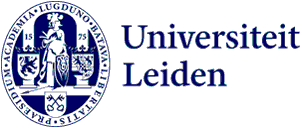
Professionals on a course: sound shapes public space
When designing public spaces, noise is often a neglected issue. Architects and urban planners know little about it; noise experts see it mainly as a problem that should be solved simply by reducing the volume. University lecturer Andrea Giolai (LIAS), researcher Kevin Toksöz Fairbairn (ACPA) and Professor Marcel Cobussen (ACPA) have developed a course for professionals to change this.
Nuance
Our daily lives are increasingly influenced by sound. Smart speakers, billboards with music, mobile phones and household appliances provide a constant stream of stimuli. This is a shame, think scientists Cobussen, Fairbairn and Giolai, all of whom work on sound or sound art. Sound is an integral part of our living environment and therefore needs (positive) attention: sound is not a problem; it can be designed and thus contribute to a pleasant or interesting environment. To bring these subtle differences to the attention of policymakers too, they jointly developed the course The Sounding City, aimed at professionals, in which participants learn to think carefully and positively about sound.
Underlying questions
Participating architects and urban planners visit locations of interest in terms of sound, do group activities and read scientific literature, after which they discuss such questions as: Who decides what can be heard? Where is that and when? Which sounds stand out the most and which are excluded? Does sound play a role in cultivating the heterogeneous communities in which we hope to live and thrive?
In this way, everyday urban sounds are embedded in larger underlying themes such as climate change, safety, public health and diversity. By zooming in on the relationship between noise and politics, social interaction, ecology and health, among others, it also becomes clear to them that noise is an intrinsic part of the environment and that good policies involve more than reducing decibels.
